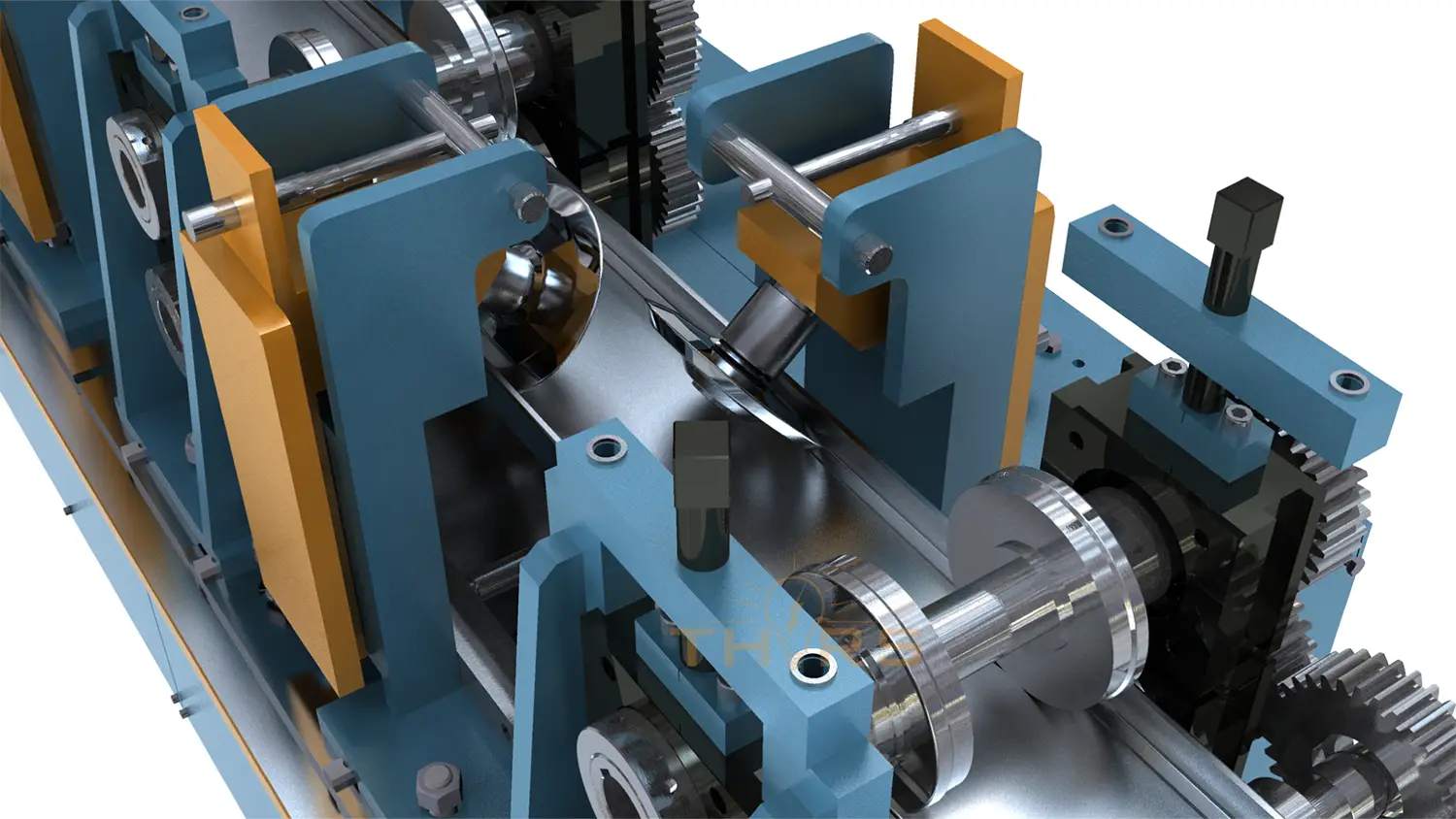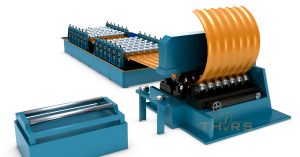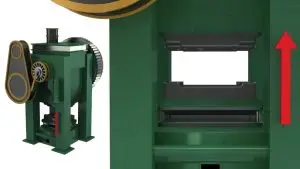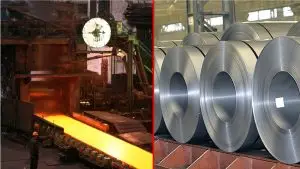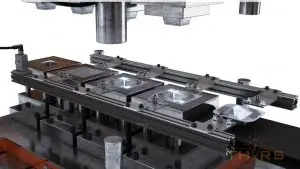Course Description
Roll forming is a metal forming process in which metal in the form of sheets, coil, or strips is converted into an engineered shape. The THORS Roll Forming Basics course is relevant for learners who are new to the industry, as well as experienced learners that require a deeper knowledge of the roll forming line equipment, the different machine configurations, the procedure involved in the designing the rolls, and a deeper insight into the roll forming process and secondary processes carried out in the roll forming line. In addition, the course explores major defects and troubleshooting techniques that occur on the formed product during the roll forming process.
Who will benefit from this Roll Forming course?
Sales, Quality, Engineering, Purchasing, and Manufacturing
Course Classification
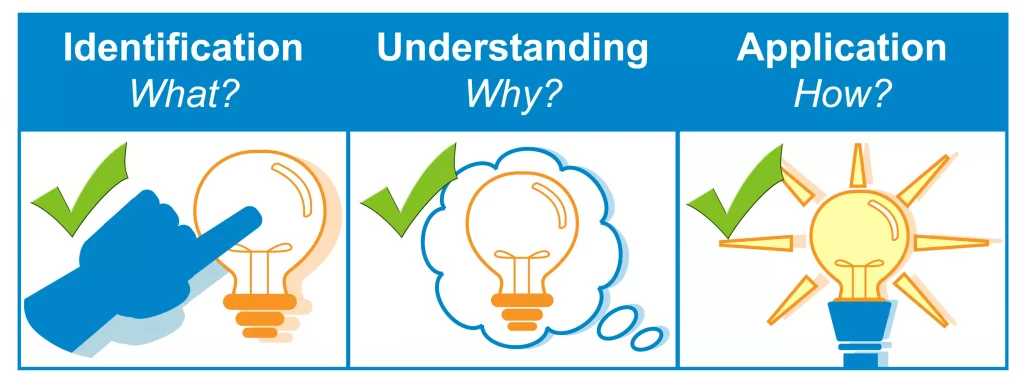
*THORS uses the Bloom’s Taxonomy Methodology for our course development.
Certificate Awarded for Roll Forming Basics
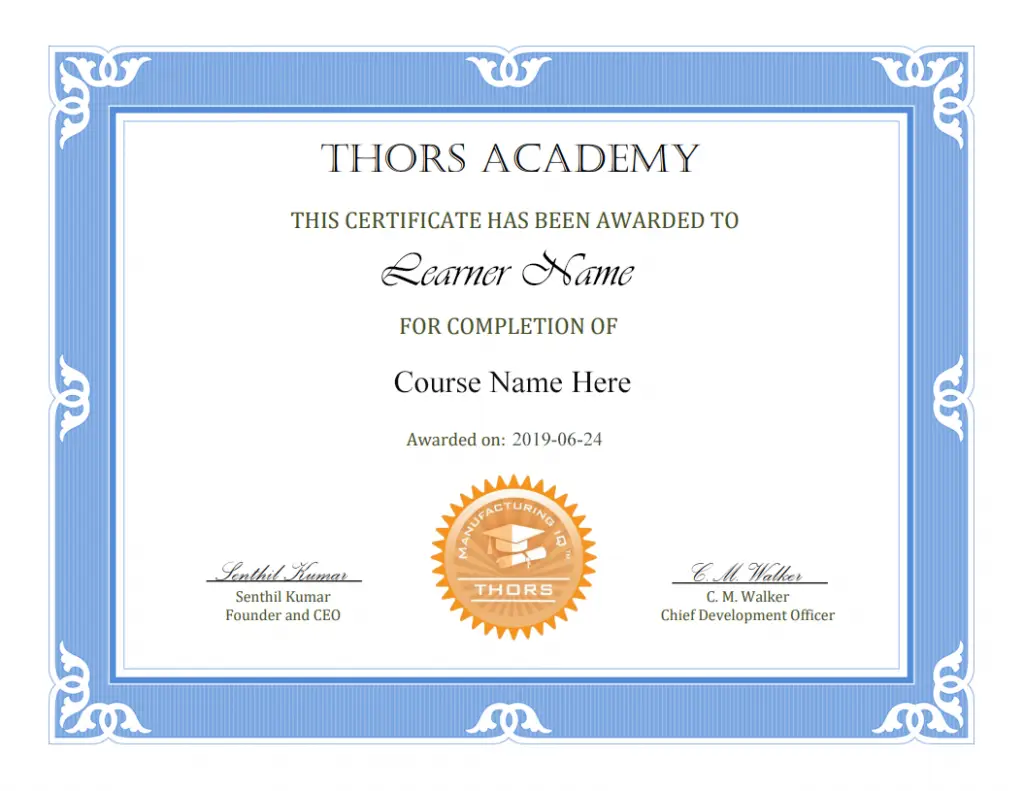
*upon successful completion
Related Posts
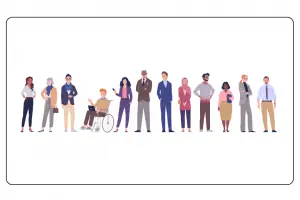
Cross-Cultural Training Benefits
Understanding Cross-Cultural Training In today’s interconnected world, businesses are expanding beyond borders. To thrive globally, organizations must equip their employees with cross-cultural skills. Cross-cultural training

Certificate Programs vs Completion Certificates
Certificate programs and completion certificates are both types of educational programs that can provide valuable training and skills to individuals in a variety of fields.
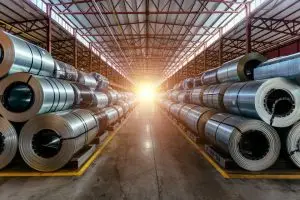
5 Essential Skills for Aluminum Rolling Engineers
Aluminum rolling is one of those processes that looks simple on a flowchart—roll a slab, reduce thickness, anneal, trim, coil, finish. But on the shop

